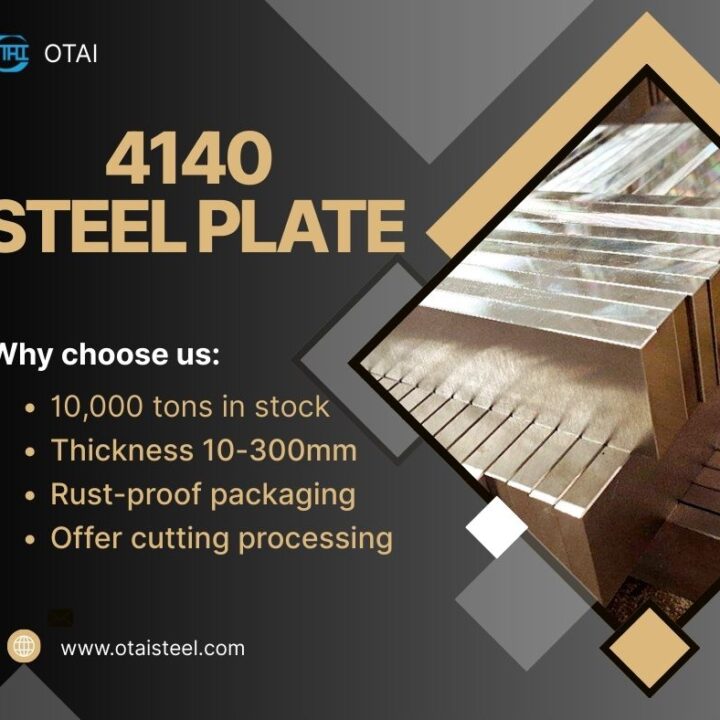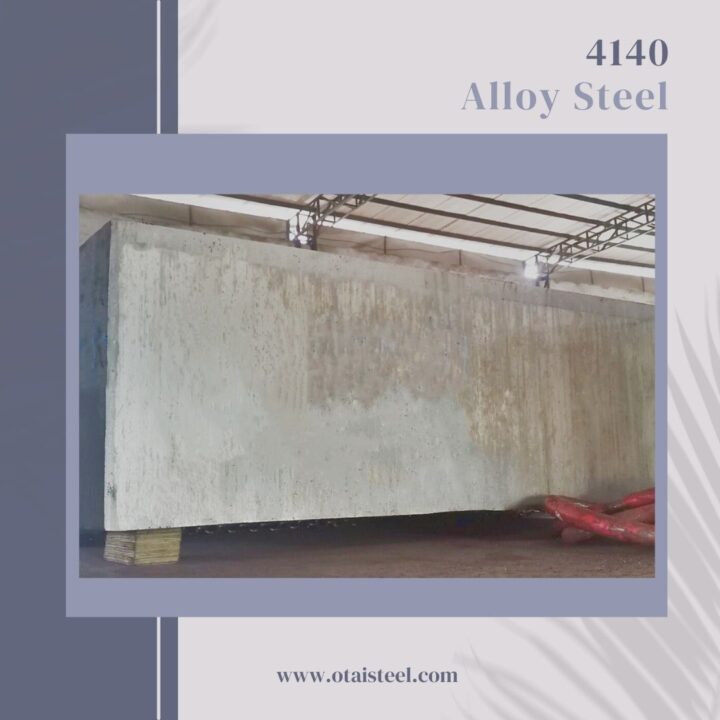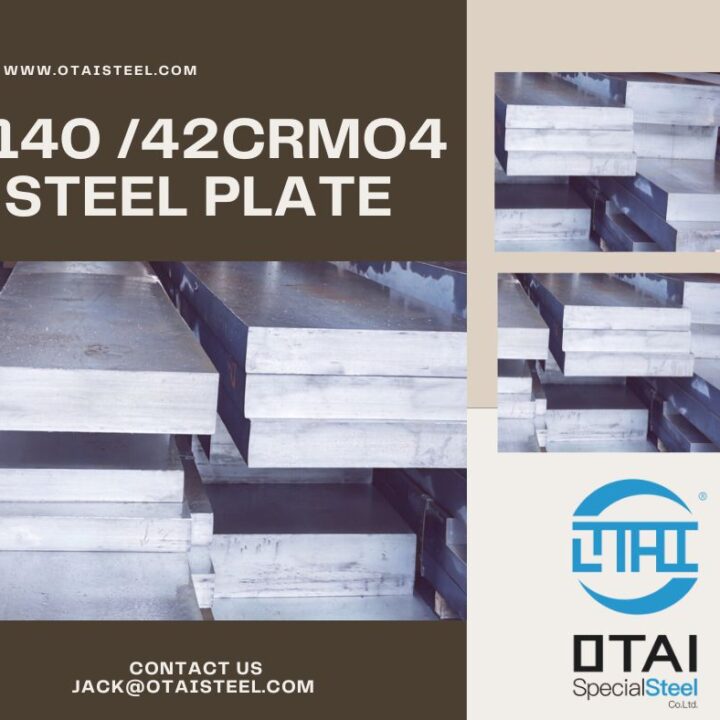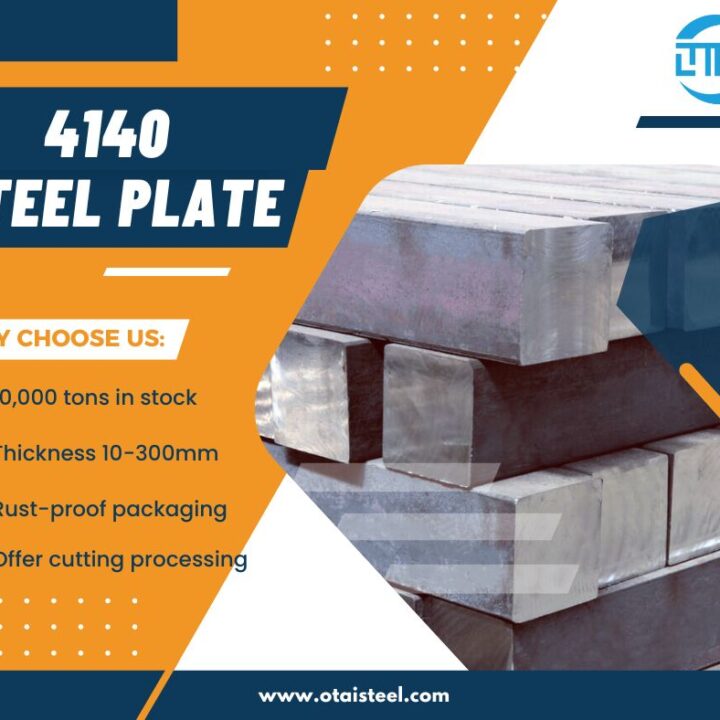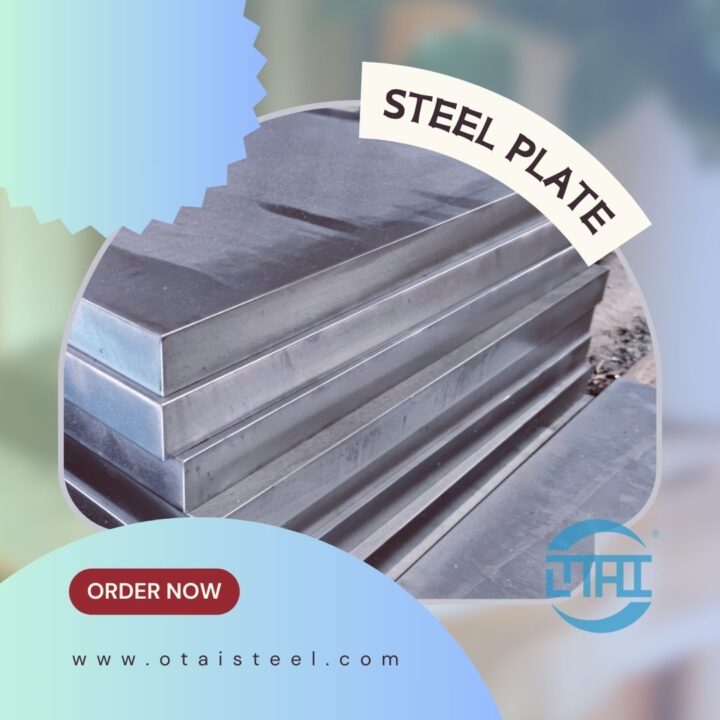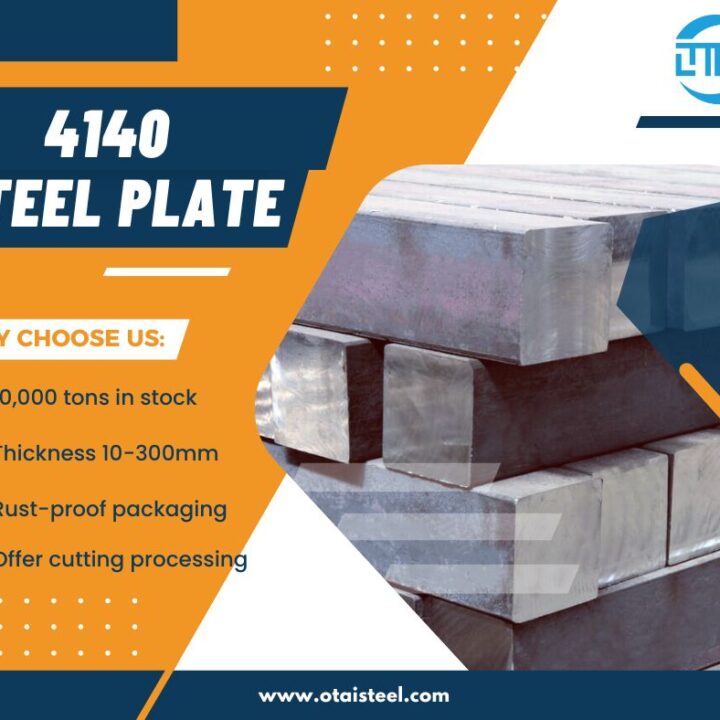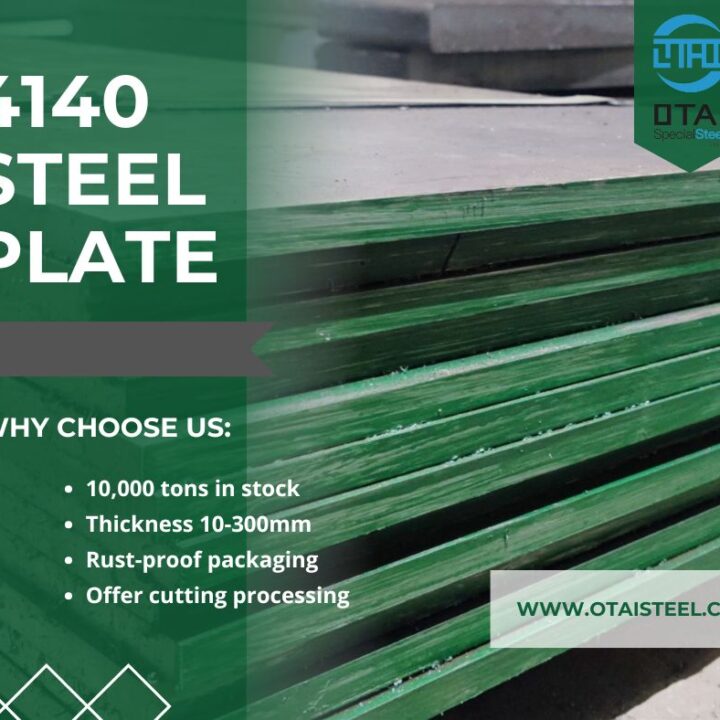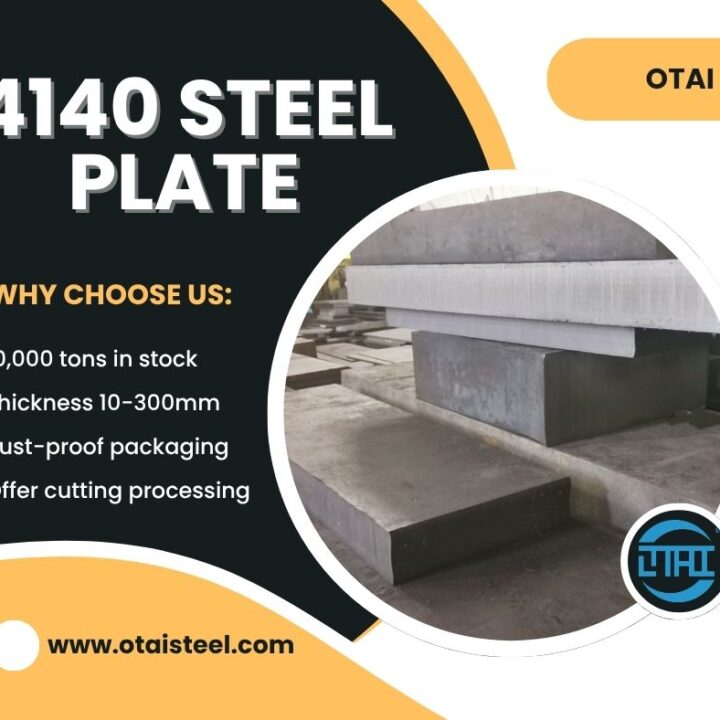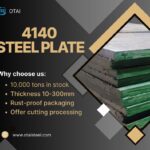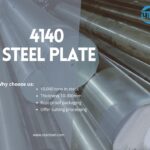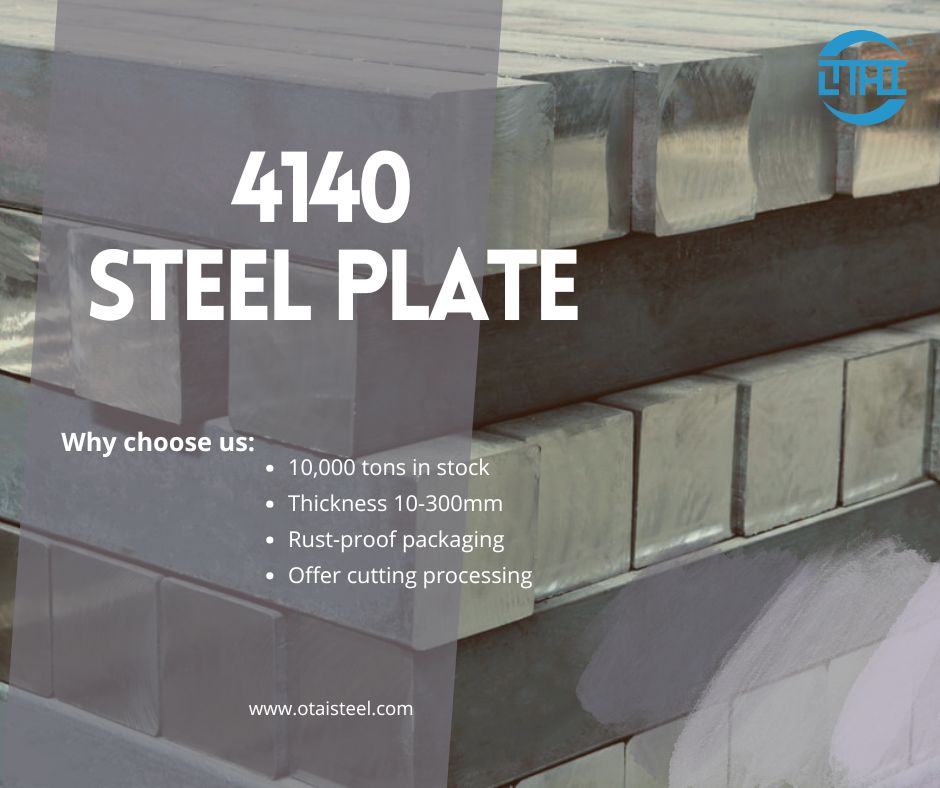 How to work with threading 4140 alloy Steel?
How to work with threading 4140 alloy Steel?
If you’ve ever worked with threading 4140 steel, you already know it’s not your average machining project. This versatile alloy steel is known for its strength, wear resistance, and hardenability—great for critical parts, but tricky when you’re trying to get clean, precise threads.
In this article, we’ll dive into the best ways to successfully machine threads into 4140 steel. Whether you’re working with annealed, pre-hardened, or quenched and tempered material, this guide will walk you through everything you need to know to avoid broken taps, worn dies, or ruined parts.
🔧 What Makes Threading 4140 alloy Steel Challenging?
4140 steel is a chromium-molybdenum alloy with excellent mechanical strength and toughness. But when it comes to threading, those same properties can become obstacles:
-
High strength = more resistance to tool cutting
-
Harder grades increase tool wear
-
Heat-treated surfaces can cause tap breakage if not handled correctly
Especially in cases like threading 4140 pre-hardened steel, tool selection, lubrication, and machining technique all play a major role in the final result.
🧪 4140 Steel Material Overview
Before you begin threading, it’s important to know what condition your 4140 steel is in. Below is a quick snapshot of its key properties across different heat treatment states:
| Condition | Hardness (HRC) | Tensile Strength (MPa) | Yield Strength (MPa) |
|---|---|---|---|
| Annealed | 15-20 HRC | 655-860 | ~415 |
| Pre-hardened (Q&T) | 28-32 HRC | 950–1100 | ~850 |
| Fully hardened & tempered | 35-44 HRC | 1200–1400 | 1000+ |
🔎 This matters because machining threads in 4140 alloy steel becomes progressively more difficult as hardness increases.
🛠️ Threading Method: Cutting vs. Forming
There are two main methods: cutting threads or forming threads.
-
Cutting threads uses taps or dies to remove material. Works well on all hardness levels, but tool wear is higher.
-
Forming threads (also called roll threading) is best suited for ductile materials under ~32 HRC. No chips, stronger thread roots.
In the case of 4140 steel, 4140 steel thread forming vs cutting depends on the hardness. For material above 32 HRC, thread cutting is usually the safer and more practical option.
🧰 Best Practices for Threading 4140 Steel
Here are expert-backed tips to help you get clean, accurate threads with minimal tool damage.
🟢 1. Use the Right Tools
Choose best tool for threading 4140 such as:
-
Spiral flute taps for blind holes
-
Spiral point taps for through holes
-
Coated carbide or HSS-E (cobalt) tools for harder materials
Also, use tap recommendations for 4140 steel based on hardness. For example:
| Hardness Range | Recommended Tap Material |
|---|---|
| ≤ 28 HRC | HSS-E (Cobalt) |
| 28–35 HRC | TiCN-coated HSS-E or carbide |
| > 35 HRC | Solid carbide or thread milling |
🟢 2. Proper Lubrication
4140 needs aggressive lubrication to reduce heat and friction. Use:
-
Chlorinated cutting oils
-
Molybdenum disulfide (MoS2) based lubricants
-
High-pressure oil-based coolants
Avoid dry tapping!
🟢 3. Reduce Cutting Speed
Lower cutting speed = longer tool life. Start with:
-
6–10 m/min for HSS taps
-
15–25 m/min for carbide tools
Adjust based on material hardness.
⚙️ Special Cases: Hardened and Internal Threads
Trying to do thread cutting on 4140 steel that’s already hardened? You’ll need advanced tooling and plenty of patience.
For internal threads, here are specific 4140 steel internal threading tips:
-
Always pre-drill with proper hole size (check tap drill charts)
-
Use rigid tool holders to avoid deflection
-
Use peck tapping cycles on CNC machines
If you’re wondering can you thread hardened 4140 steel — the answer is yes, but thread milling is usually preferred over tapping due to chip control and tool stability.
🧲 Is 4140 Steel Good for Threaded Parts?
Absolutely. In fact, is 4140 steel good for threaded parts is a common question from engineers working on:
-
Hydraulic components
-
Automotive rods and fasteners
-
Oilfield downhole tools
-
Tool holders and machine fixtures
The key is proper prep and machining discipline. Done right, threaded 4140 parts are both durable and reliable.
🏭 Why Choose Otai Special Steel?
At Otai Special Steel, we understand the complexities of working with 4140 steel. Here’s why global customers trust us:
-
🔩 Over 10,000 tons of 4140 and other alloy steels in stock (6mm–300mm thickness)
-
🛠️ Full service: Cutting, grinding, heat treatment, and ultrasonic testing (UT)
-
📦 Export-ready packaging and mill certs for every shipment
-
📞 Fast communication and expert technical support
-
🌍 Trusted by clients like Thyssenkrupp, Borealis, and Schlumberger
Need pre-hardened 4140 or annealed 4140 steel bars/plates? We ship fast — with quality guaranteed.
❓FAQ | Frequently Asked Questions
Q1: What’s the best tap for threading 4140 alloy steel?
A: For material up to 32 HRC, HSS-E with TiCN coating is great. For harder steels, use carbide or switch to thread milling.
Q2: Can I thread 4140 steel without lubrication?
A: It’s highly discouraged. Proper lubrication is crucial to prevent heat buildup and tool failure.
Q3: Is thread forming suitable for all 4140 steel?
A: No. Thread forming works well only on softer 4140 (<32 HRC). For harder material, thread cutting is preferred.
Q4: What thread pitch works best on 4140?
A: That depends on application, but coarser threads (like UNC) are generally more robust on tougher materials.
Q5: Can you thread 4140 steel by hand?
A: For softer or annealed 4140, yes — but it’s difficult and risky. Always use proper machines for pre-hardened or hardened grades.

